Can the Prungo FluxGo provide red light therapy at home to help relieve pain? We’ve certainly seen lasers work in the Physical Therapist office, so of course we love the idea of something at home. But first we have to put it to the test.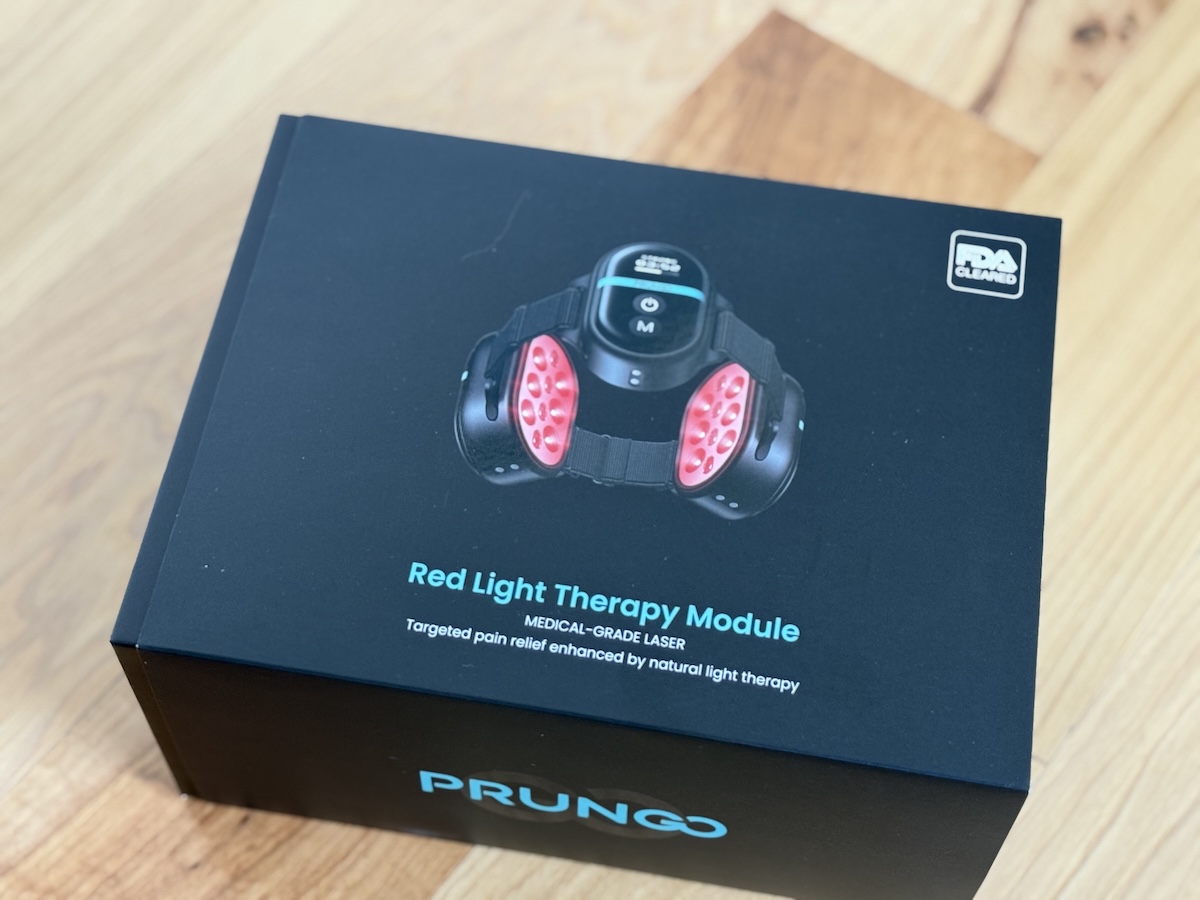 Luckily, I guess, I have been dealing with some patellar tendonitis which gave me something specific to test!
Luckily, I guess, I have been dealing with some patellar tendonitis which gave me something specific to test!
Of course the Patellar tendon your knee cap isn’t the easiest spot to target with anything, but don’t you worry I’ll tell you exactly how I did it below in case it helps you.
The biggest thing to know is that this isn’t an immediate fix situation. While some folks find pain relief in that first session, for me it was more of a use it daily scenario to get results.
Red light therapy has a lot of studies and yet still a lot of questions, so let’s talk about what this particular tool can do.
Who is it Good For?
- Those dealing with a longer term injury, arthritis
- Can tell the body to release endorphins which is your own natural pain reliever
- Assist in healing after surgery or bone break
- Drug free option to boost immune system
- Improve skin healing for new scar tissue
PRUNGO FluxGo Overview
First we need to just understand what red light therapy is designed to do and how the Prungo is designed.
The Prungo FluxGo is what’s known as photobiomodulation (PBM). These tools use specific light wavelengths to promote healing and reduce inflammation through how they interact with cells.
Specifically Prungo takes it a step farther with Polarized Laser Therapy (PLT). Instead of a large panel that is just randomly hitting your body, you’ll be getting a deeper reach! This is something they have specifically been developing to match the more medical grade devices.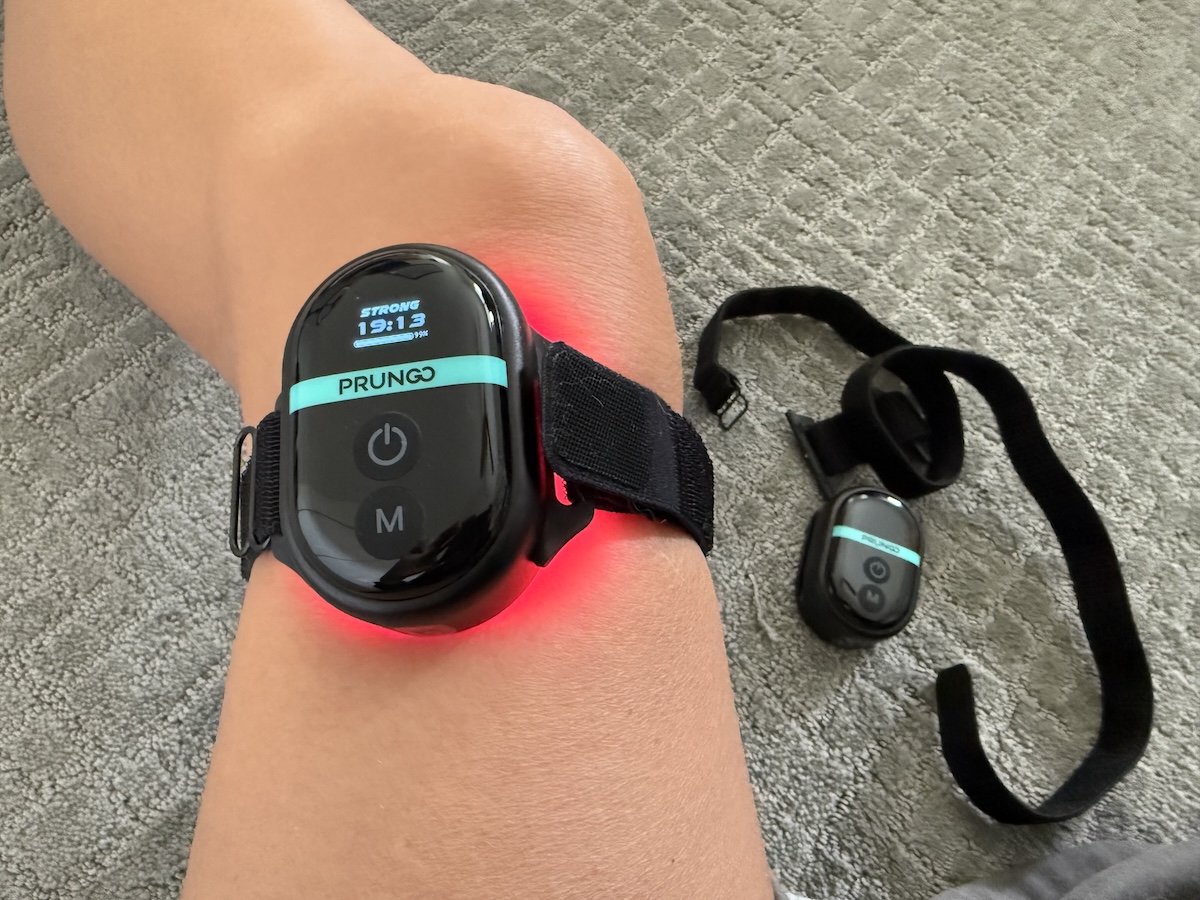
What you often see in a PT’s office that emits a red light is actually called Cold Laser therapy and finding an at home version that won’t break the bank is nearly impossible. It’s going to use similar lightwave therapies, but go deeper which is why it might create a more immediate pain relief effect.
How Does Red Light Work?
Mitochondria, which is your cell’s energy center, absorb light energy when it enters the body. This absorption boosts the production of adenosine triphosphate (ATP), providing cells with extra energy needed for repair and regeneration.
The effectiveness and therapeutic applications vary depending on the wavelength used, as each penetrates tissue to different depths.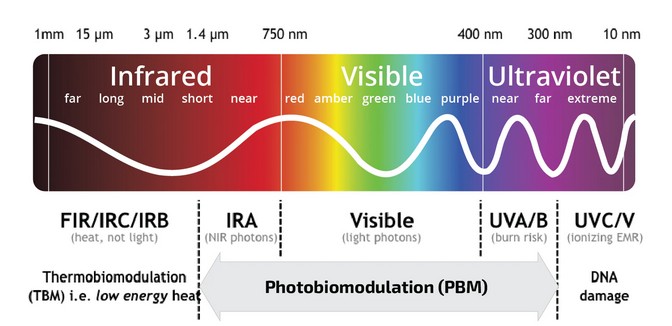 Let’s look at the different wave lengths and what they are designed for:
Let’s look at the different wave lengths and what they are designed for:
Red Light (630-670nm)
- Penetrates 8-10mm deep into skin tissue — It gets absorbed quickly by these upper layers which is why it doesn’t reach deeper
- Used for: surface-level skin conditions like wrinkles, fine lines, acne, wound healing, scar reduction, and overall skin rejuvenation
- Can also active the white blood cells, which may have a systemic anti-inflammatory effect
Near-Infrared Light (810-850nm)
- Penetrates much deeper, up to 40mm or more – less absorbed by hemoglobin allowing it to go deeper
- Used for: deeper tissue issues like muscle recovery, joint pain, inflammation, bone healing, nerve regeneration, and potentially internal organ function
- Promotes nerve healing, collagen production, repair of damaged muscle fibers, remodeling of bone
PRUNGO FluxGo Specs
- Price: $599 (Black Friday sale currently $299)
- Weight: 115g per module
- Battery Life: 75 minutes
- Warranty: 2 years
- 30-day money-back guarantee
- Three therapy modes
- 4×850nm infrared polarized red light
- 6×650nm LEDs with focused lenses
There is a Flux Lite option for less if you want just 1 light and that’s a total viable choice.
I would say it’s nice to target multiple spots at once, but also…if you can move around with it then as someone who is always looking for a deal, I’d say rock that single one and just target a spot at time.
Quick Take
- Extremely easy to use
- No fancy apps needed to control
- Can move around freely
- Targeted control for pain relief
- Straps a little hard to slide in
- Finding the right fit can take some work
- Not as strong as Dr office cold laser
What You Get
PRUNGO FluxGo is a portable red light therapy device designed to move with you, so you don’t have to compromise on your recovery. Here’s everything you’ll get:
- 3 modules
- Charging case
- 6 connection straps
- 2 charging cables
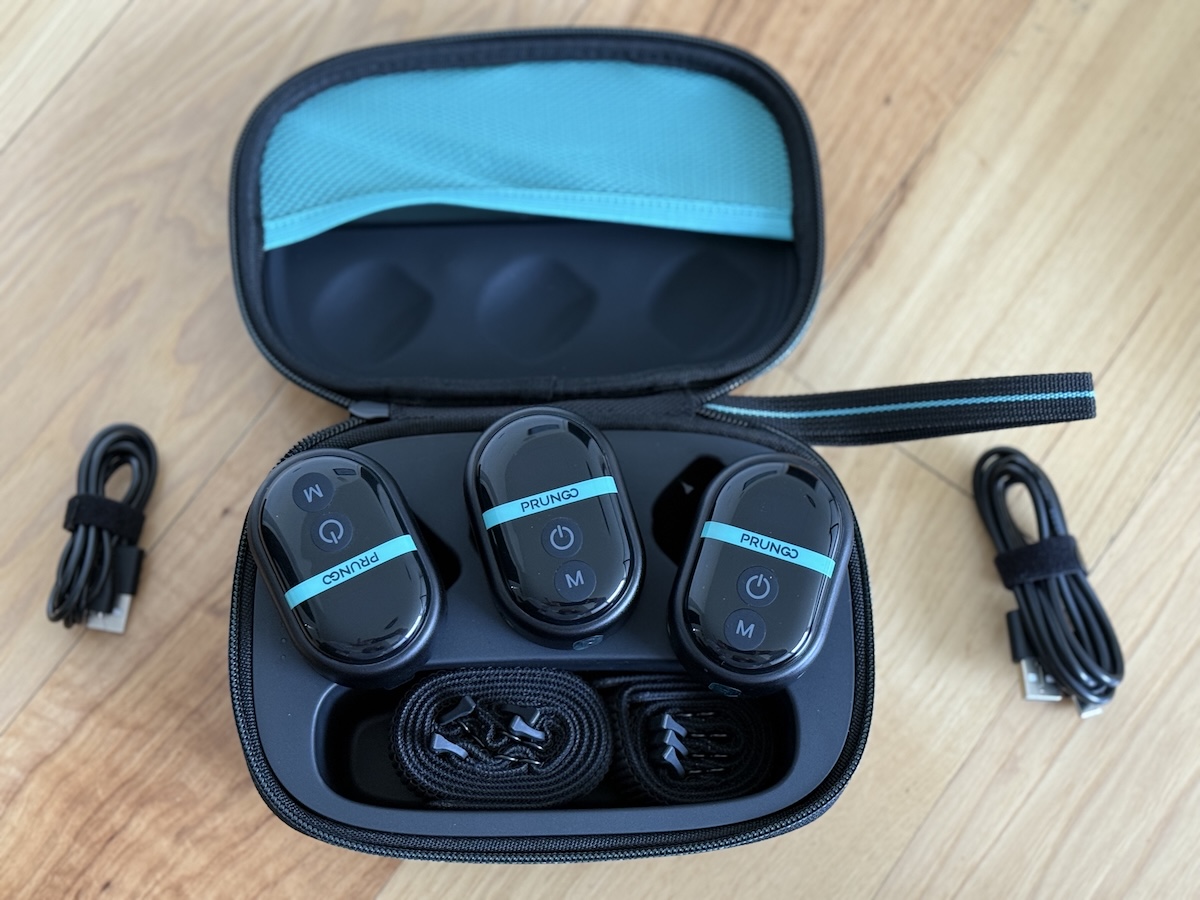 I love that you just charge the case and not individual lights. It also uses the same charger as my iPhone, so this makes it easy to charge in one of the bajillion cords we have laying around or to take with us and not need anything special.
I love that you just charge the case and not individual lights. It also uses the same charger as my iPhone, so this makes it easy to charge in one of the bajillion cords we have laying around or to take with us and not need anything special.
The various straps make it easy to to design the length or fit that you need for a variety of areas.
That being said, I did struggle with getting the straps to slide in to the sides. Some went in no problem and others I thought I was losing my mind, turning it back and forth to see if I was potentially putting it in wrong. Spoiler: there is no right direction, just slides easier sometimes.
How To Use
PRUNGO designed this to be super easy to use with just three simple steps:
- Step 1: Decide on the area of the body you want to treat and link the modules together using the connection straps. You can use 1, 2 or all 3 modules.
- Step 2: Use the adjustable connection straps to ensure the FluxGo is snug. You don’t want the modules to slide around while using the FluxGo
- Step 3: Each module will have power and “M” buttons so that you can pick your desired therapy mode and duration
The six connection straps are adjustable, allowing you to use the FluxGo anywhere on your body. Being able to use 1, 2 or all 3 modules helps with a more secure fit if you’re using it on an area like your wrist vs. your lower back.
Seriously, it takes all of 2 seconds to figure out what you’re doing. I LOVE that this isn’t complicated, I’m so tired of needing an app to turn things on and figure out levels, etc.

Modes
There are three different modes that you can set the PRUNGO FluxGo to. The mode will vary depending on the strength of the LEDs and laser diodes.
- Mode 1 Mild for an 8-minute session. Ideal for pre-workout or easing muscle stiffness.
- Mode 2 Mid for a 15-minute session. Ideal for post-workout recovery to target muscle soreness.
- Mode 3 Strong for a 20-minute session. Ideal for areas of persistent, deep-seated muscle aches.
I’ll say there’s no difference in the feeling of the session. Where something like a TENS unit might change levels and thus the jolt you’re getting, that’s not the case here.
Battery and Charging
There are several options for charging your PRUNGO FluxGo. You can anticipate the full setup to last approximately 75 minutes, depending on how frequently you use the modules.
The case also functions as a charging station. To charge all three modules simultaneously, place them in the case and plug it in with the provided USB-C cable for about 4 hours.
You can also charge each module individually. To charge the module, simply use the magnetic charging cable, and in approximately 3.5 hours, it will be fully charged.
Since you can’t see the battery life, overcharge protection is built into the system. You can charge the modules at any time, even if the battery isn’t fully drained.
TIP: When charging you’ll actually see the battery % appear on each node. If you don’t see that, then check that you removed the small plastic covering the bottom!
My Experience with Prungo
All right, as I said the timing for me was great because I had a little something to test it on. But I also liked the idea of checking it out prior to a workout and after one of my longest runs in awhile to see if I noticed anything.
It’s funny when you aren’t getting feedback like the vibration of a massage gun, so there’s nothing that interupts pain signals per say and yet you know it’s working.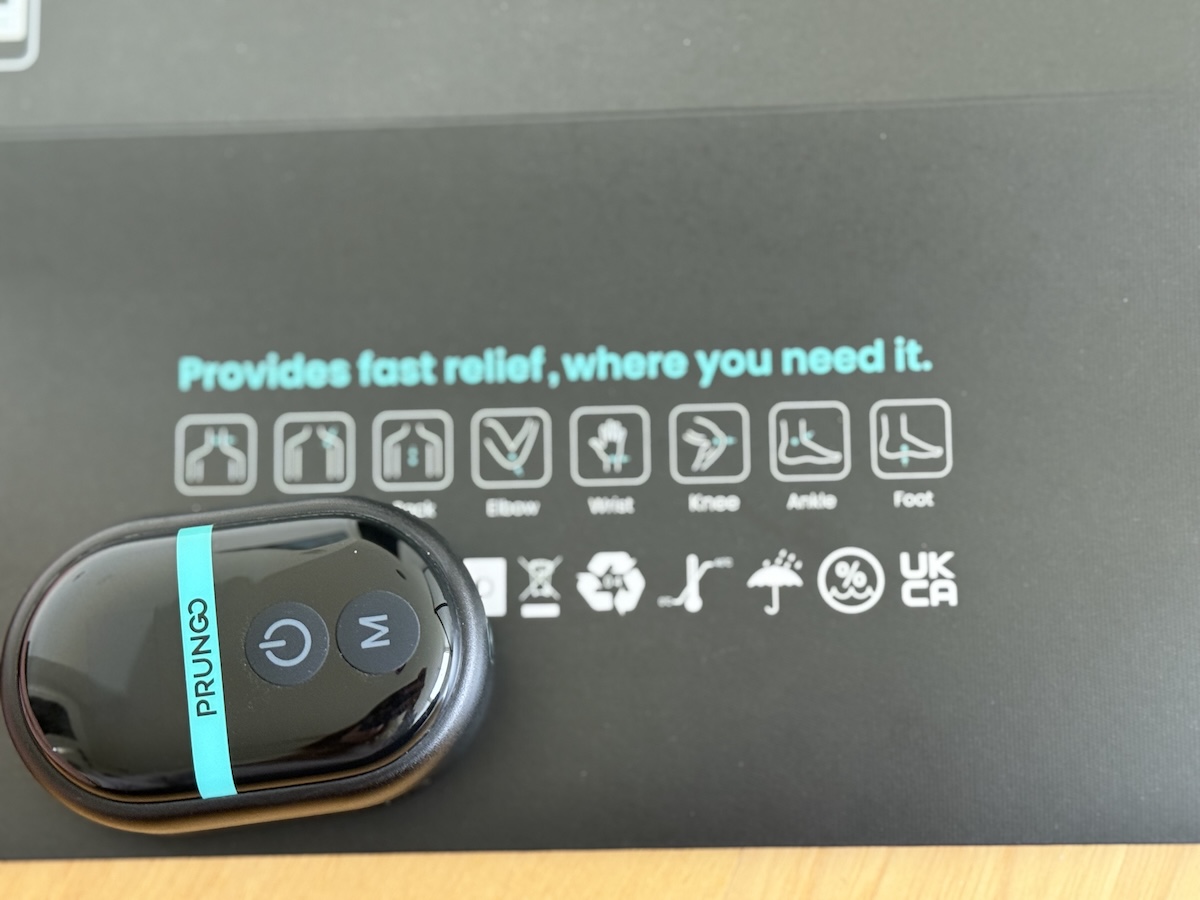 Since you can’t strap it sideways on the knee, I actually just pulled on a knee sleeve and used that to hold it in place! So easy and just as comfortable as the straps, a quick tip for other areas if needed!
Since you can’t strap it sideways on the knee, I actually just pulled on a knee sleeve and used that to hold it in place! So easy and just as comfortable as the straps, a quick tip for other areas if needed!
The only time I ever noticed it feeling hot was when I did use my sleep or placed it say right between my shorts and my hip. Listen I’m lazy and didn’t want to mess with the straps. Luckily the straps have no bearing on how it works AND by hot I mean lightly warm, nothing to worry about.
- My patellar tendon responded quickly!
- I only used it 1 time per day, but you can use it twice a day.
- I didn’t notice anything during the session, but in the days that followed I was able to do workouts that the previous week seemed to aggravate things.
- My tight shoulders didn’t seem to react much, but they don’t promise stress relief :)
- Next I’ll be testing on my SI which flares up randomly. I’ll update as soon as that happens!
- Previously I tried a similar targeted red light, but it wasn’t polarized and only went to 808… in fact, I tested that one for 30 days and found 0 relief. So ya, I was really skeptical with this!
While I never want to claim anything is a magic tool for pain relief, this does seem to have data and real world experience behind it to show that it’s at least worth a try! I figure when on sale it’s about the price of two of my PT visits.
There you have it, our honest review of the PRUNGO FluxGo.
Questions?? Anything else you’d like to know?
Our Verdict
While no recovery tool can guarantee relief, we found this one too actually help, particularly with tendon issues. More focused than large panels, it dials right in to the source of pain and has the appropriate wavelengths for deeper tissue repair.
Buy Prungo Red Light
What to read next?
- Chirp Halo – At home TENS for pain relief
- Hyperice Full Product Line Up Comparison



 Shokz OpenRun Pro 2 vs OpenFit Air | A Comparison of All Shokz Headphones
Shokz OpenRun Pro 2 vs OpenFit Air | A Comparison of All Shokz Headphones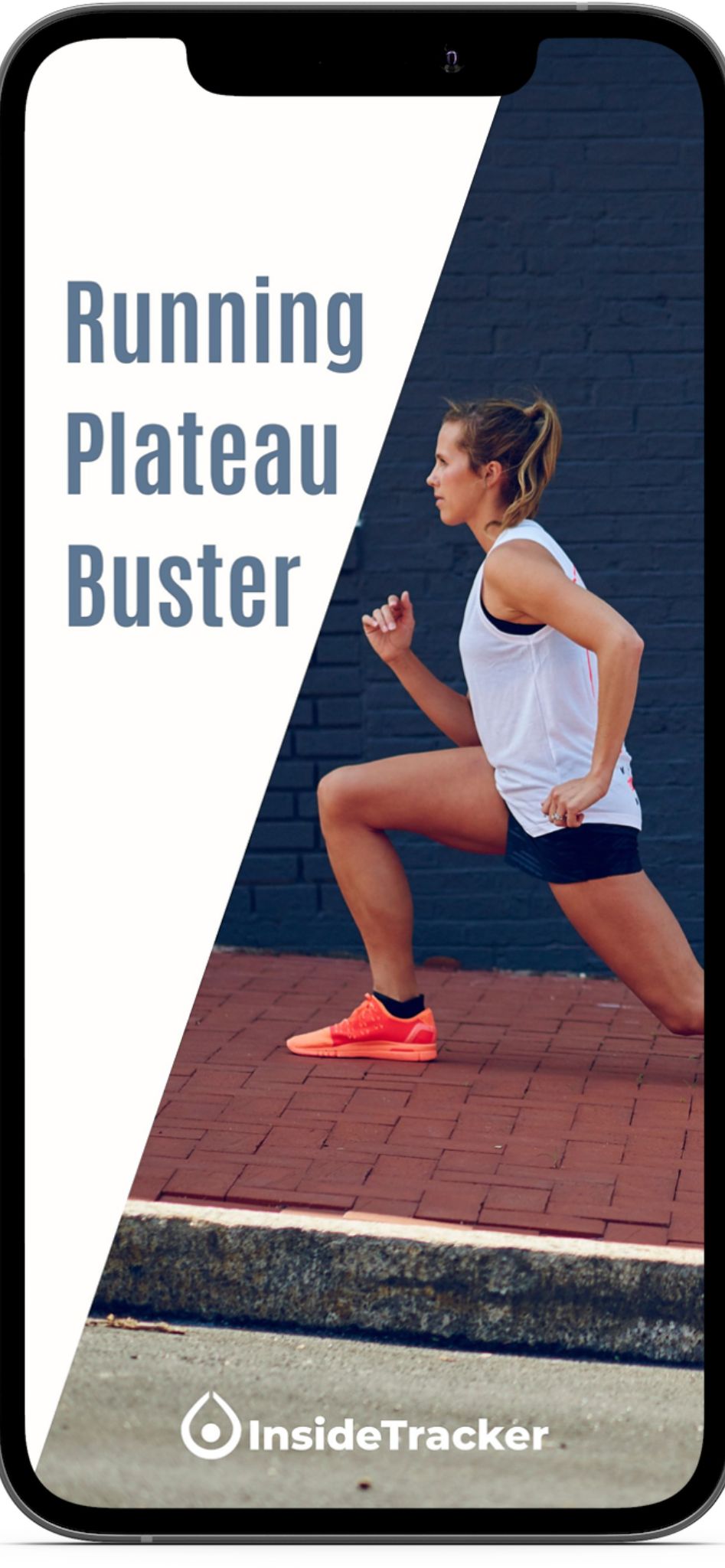
Leave a Reply